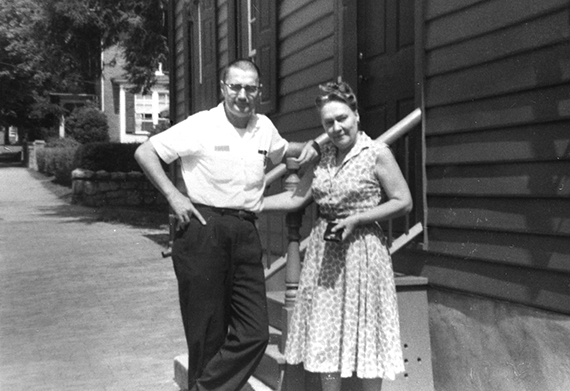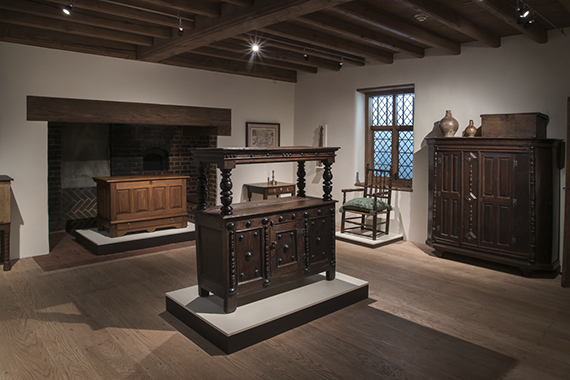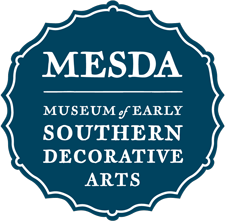History

 MESDA is the realization of a vision shared by two extraordinary individuals: Frank L. Horton and his mother Theodosia “Theo” L. Taliaferro, who were pioneering antiques dealers and collectors who dedicated most of their lives to raising awareness of and appreciation for domestic objects made in the South. MESDA is the fruition of their aspirations – a museum solely dedicated to the preservation, scholarship, and connoisseurship of southern decorative arts and material culture.
MESDA is the realization of a vision shared by two extraordinary individuals: Frank L. Horton and his mother Theodosia “Theo” L. Taliaferro, who were pioneering antiques dealers and collectors who dedicated most of their lives to raising awareness of and appreciation for domestic objects made in the South. MESDA is the fruition of their aspirations – a museum solely dedicated to the preservation, scholarship, and connoisseurship of southern decorative arts and material culture.
During the first half of the twentieth century, southern antiques were mostly dismissed by scholars and ignored by collectors. A movement to challenge the existing attitudes – cultivated by a handful of influential southern collectors, dealers, and museum professionals – began in 1949 with the first Williamsburg Antiques Forum at Colonial Williamsburg in Virginia, which included a seminal session that called attention to the lack of information about southern craftsmanship. The intense study of specifically southern antiques began with the 1952 Williamsburg Antiques Forum, which coincided with the first definitive exhibition of southern furniture, Furniture of the Old South, 1640 – 1820 at the Virginia Museum of Fine Arts in Richmond, and culminated with the opening of MESDA in 1965. Frank Horton did not attend the 1949 forum, but he was an essential contributor to the subsequent events.
Before MESDA opened to the public on January 5, 1965, several matters of business had to be resolved. In 1960 a generous donation allowed for the purchase and restoration of a former Kroger supermarket on the south end of Salem’s historic district in which to house the museum’s holdings. Also in 1960, Horton and his mother officially offered to loan their collections to the new museum, and in 1964 they established an endowment to fund MESDA.
The results of the museum’s efforts to fulfill its mission have extended well beyond the exhibition of the collection to include groundbreaking field research programs, award-winning publications, a respected research center and decorative arts library, and exceptional educational programs such as the Graduate Summer Institute cosponsored by MESDA and the University of Virginia. MESDA’s innovative research program, launched in the early 1970s and continuing today, has identified nearly 20,000 objects and 80,000 artists and artisans from the early South. The fruits of these research programs are available for public use in the MESDA Research Center. Soon, these resources will also be available free-of-charge to anyone via the internet through a partnership with the University of North Carolina at Chapel Hill’s Carolina Digital Libraries and Archives.
Adapted from “The Museum of Early Southern Decorative Arts: An Introduction” in The Magazine Antiques (1/2007) article by Gary Albert.
